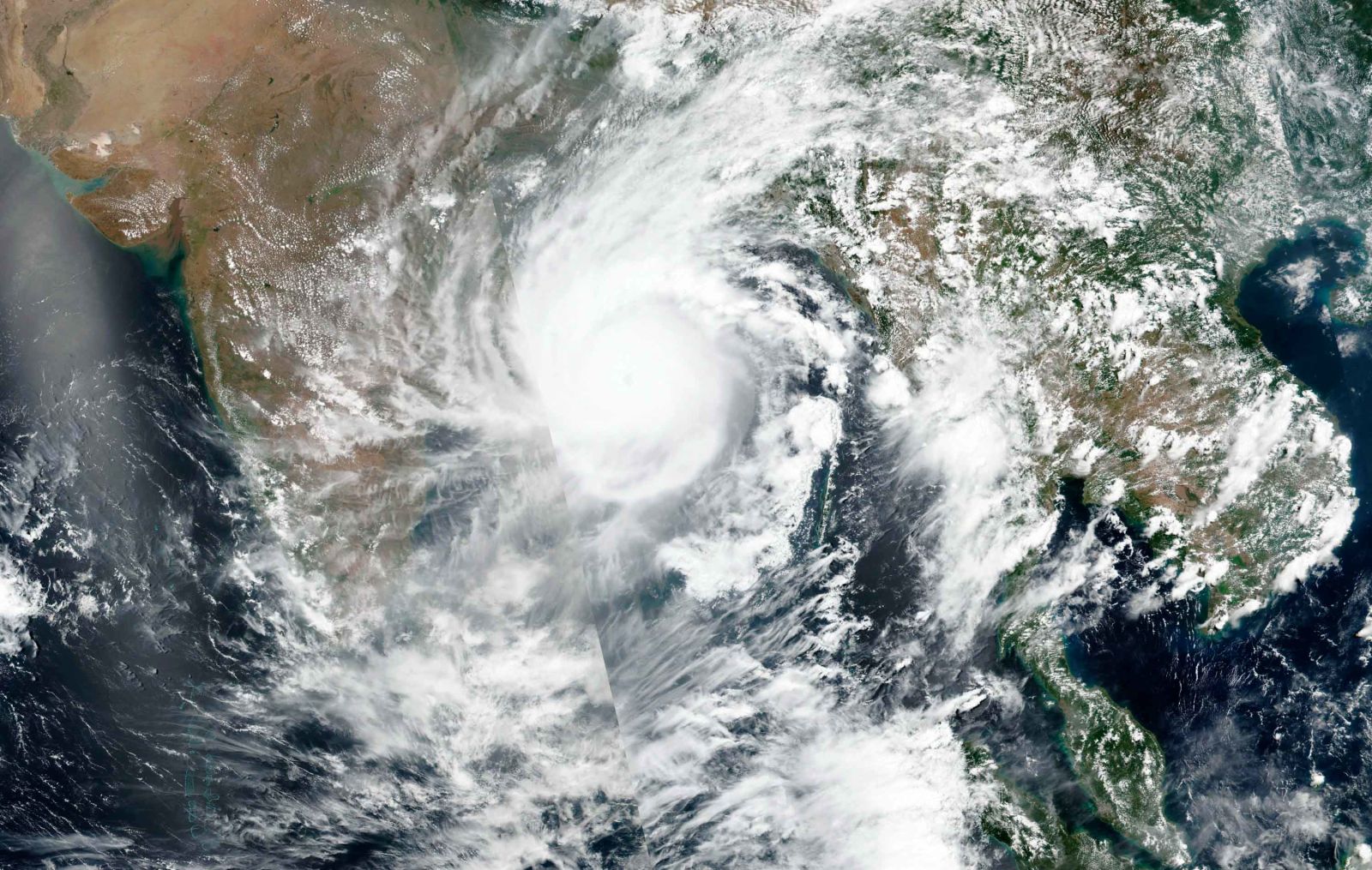Recently this month, regions in Eastern India and Bangladesh were hit with a cyclone so powerful, it’s reported to be the strongest in the region.
The reason: climate change.
Entitled as the Cyclone Amphan, this powerful cyclone proved to be a shocking wake-up call on the effects of climate change. Landing in the Indian state of Bengal on the evening of May 20th, Amphan ripped through the Sundarbans delta and traveled further north as a Category 2 cyclone, towards rural Bengal and the city of Kolkata. The strong winds of this super cyclone (up to 137 miles per hour!) caused great physical damage, massive floods, and over 100 deaths.
Usually, the coastline regions of the Indian states of West Bengal and Odisha and the country of Bangladesh face frequent cyclones and tropical storms. However, due to rising temperatures in the last several years, the sea is warming faster, resulting in stronger cyclones like Amphan.
The Sundarbans delta region in the state of Bengal (the area where Cyclone Amphan first hit), contains mangrove forests that play a crucial role in protecting the coasts against the harsh winds and storms that normally develop in the Bay of Bengal. However, these forests have been deteriorated as large sections have been cleared out by humans to make space for roads and fisheries. These circumstances made conditions favorable for Cyclone Amphan to occur; and upon closer observation, we see its the result of nothing else but our own actions.
Global warming is occurring because of the excess release of carbon emissions into the atmosphere, largely due to our increased use of vehicles and factories releasing pollutants into the air. And natural habitats, such as the mangrove forests of the Sundarbans in the Bengal region, are being destroyed because we choose to destroy them for the sake of our own industrial developments and suburban sprawl. And these are the very reasons that result in natural disasters, such as Cyclone Amphan. Yet, we continue to cast a blind eye to our actions.
The video below from The Guardian shows the devastating impacts of Cyclone Amphan for the residents in effect areas:
Link to video: https://youtu.be/RHvuMMCgUYA
Thousands of lives were lost and many homes were left in shambles in an instant due to Cyclone Amphan. Was this worth the excessive use of cars every day or the suburban sprawl? Certainly not. A major lesson to be learned from this is to address and fight climate change while things are still in our control, for when the situation is out of our hands, we may not be able to prevent natural disasters such as Cyclone Amphan. And then, devastation beyond climate change could wreak havoc on our livelihoods. We must act, and we must act now to prevent such catastrophes in the future.
Sources:
Goswami, Avantika, and Shikha ZAMAN. “Cyclone Amphan Reinforces Urgent Need for Climate Adaptation Planning.” State of the Planet, May 26, 2020. https://blogs.ei.columbia.edu/2020/05/26/cyclone-amphan-climate-adaptation/.
“Amphan: Kolkata Devastated as Cyclone Kills Scores in India and Bangladesh.” BBC News. BBC, May 21, 2020. https://www.bbc.com/news/world-asia-india-52749935.
Image Sources:
Image 1: https://www.cnn.com/weather/live-news/live-updates-cyclone-amphan-intl-hnk/index.html

